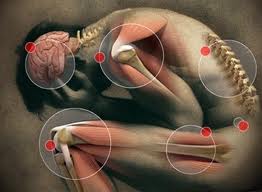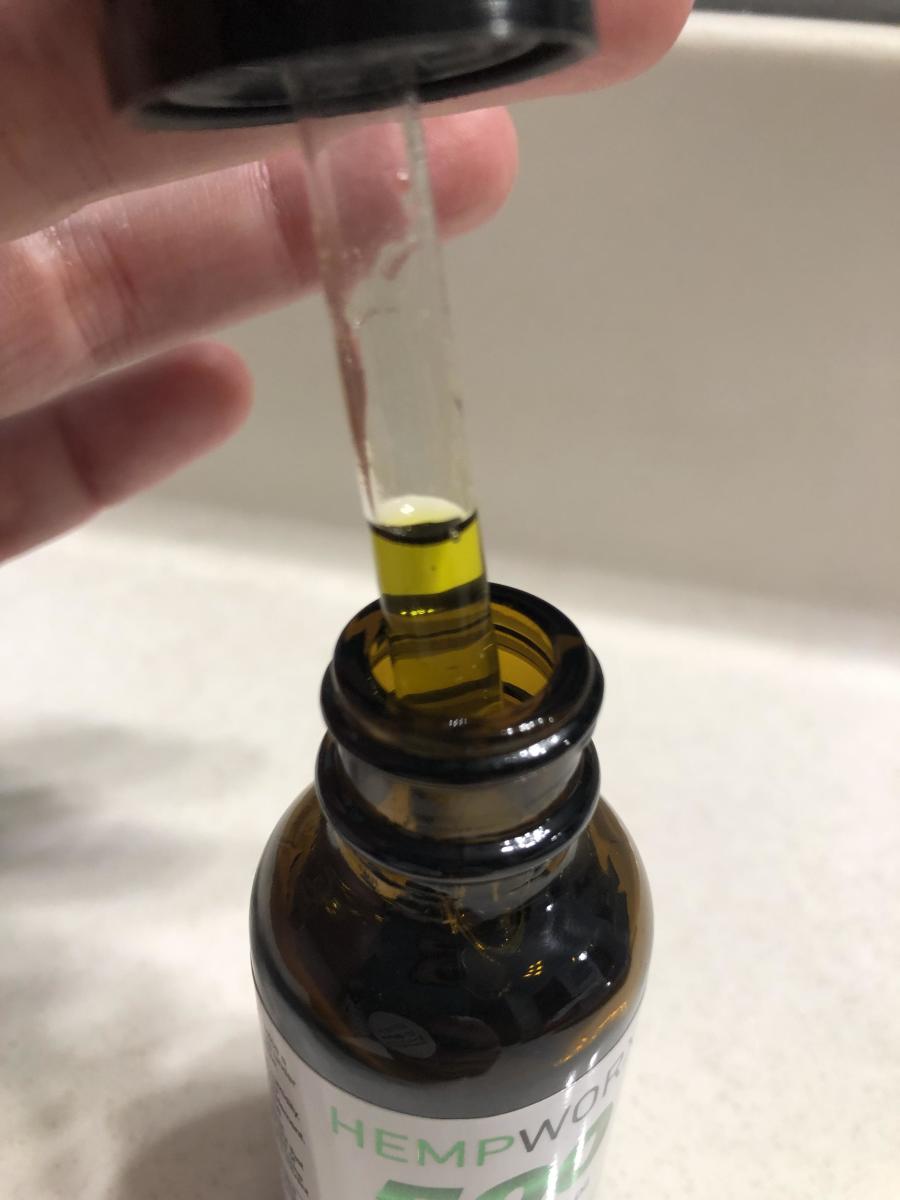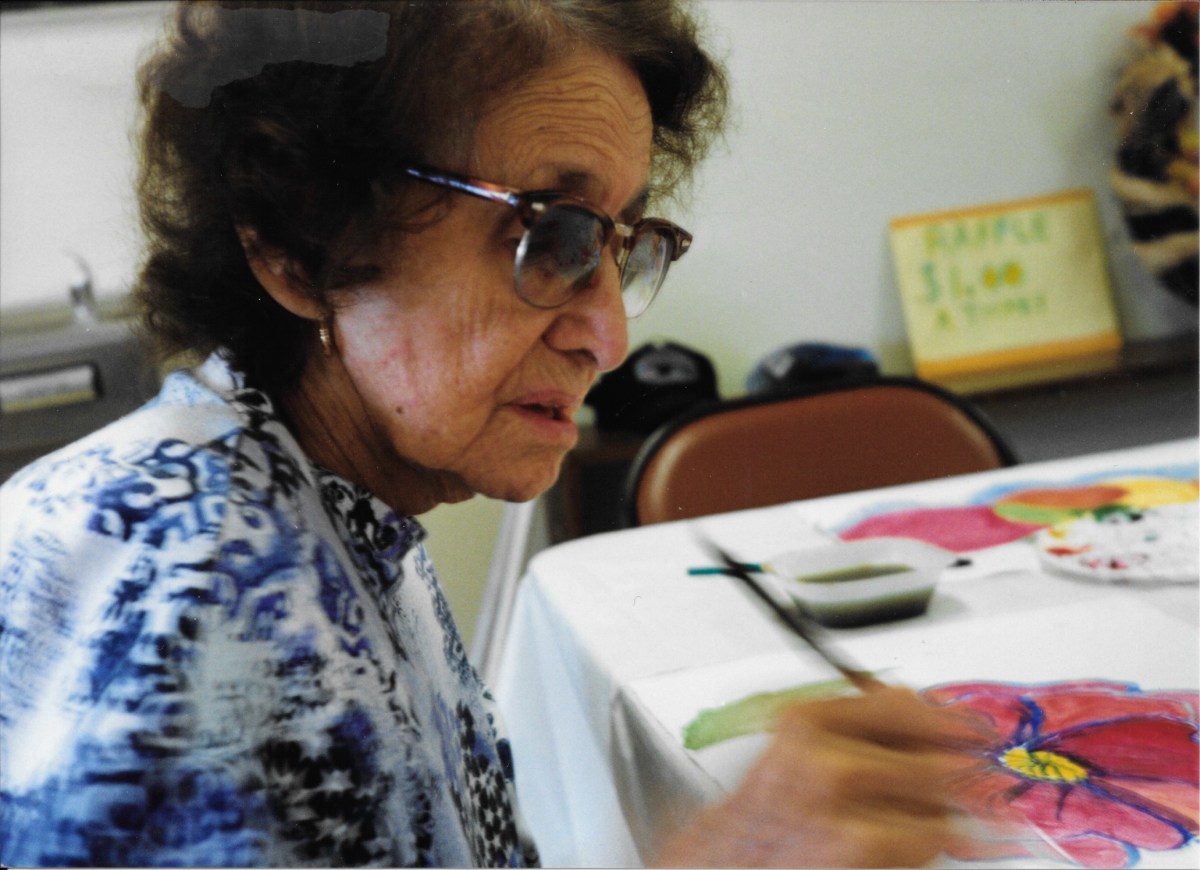Osteoarthritis and Omega-3 Fatty Acids; For Healing In the Aging population
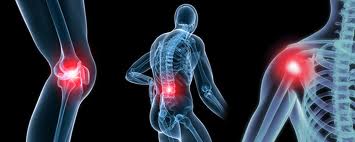
Maintenance for healthy Joints
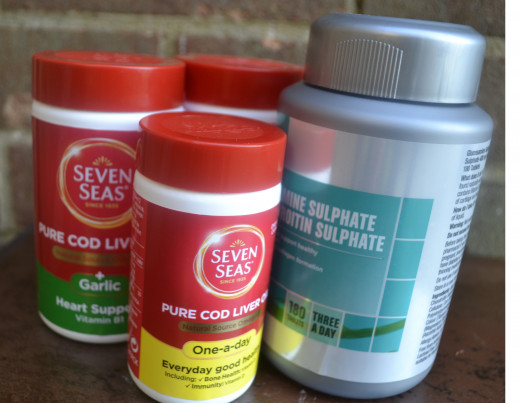

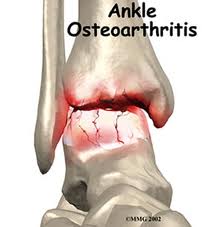
Osteoarthritis
Introduction
Growing old, living a long, eventful and active life is something to which most us aspires. When we meet the love of our lives, we romanticise about growing old together. "Will you still need me? Will you still feed me, when I'm sixty-four?" Asked the Beatles in their salad years. For some, the later years can be the best years, but only if we can reduce the impact of chronic diseases such as osteoarthritis.
According to recent researches, diet can play a significant role in slowing down the progression of arthritis. Mice fed on a supplement of omega 3 fatty acids were found to have healthier joints than those fed on saturated fats and omega 6 fatty acids.
Growing old is not much fun, the body goes through numerous changes, many are associated with pain and discomfort, osteoarthritis is no exception.
Arthritis refers to an inflammation of a joint or joints in the body; osteoarthritis is the successive wearing away of the cartilage in the joints, this happens over a course of many years and in advance stages, the bones adjacent to the joints, the membranes, capsules and the muscles all undergo changes. Osteoarthritis can affect entire joints; it is the most common form of arthritis in the UK and also affects an estimated 27 million Americans.
One person out of nine suffers from this condition making it the most common chronic disease among human.
Although the osteoarthritis is not in itself life threatening, the condition can have a serious impact on lifestyle and overall health.
Osteoarthritis is the single most common cause of disability in older people in the developed world and accounts for 85% of all knee and hip replacement performed. The condition attacks the hands, knees, hips and spine and can hugely reduce mobility.
Around 6% of adults aged 30 experience frequent knee pain and show evidence of osteoarthritis.
Osteoarthritis and the Menopause:
Changes in our hormonal levels especially for women approaching middle age can be quite debilitating and should not be underestimated.
Reduction in oestrogen levels can give rise to symptoms such as mood swings, hot flushes, forgetfulness, a low libido and the loss of bone mass or thinning of the bones.
In addition to all these changes, studies show a dramatically higher incidence of osteoarthritis in women following the menopause; this suggests that loss of oestrogen during the menopause increases the risk of getting osteoarthritis. Although the evidence for a role of oestrogen in osteoarthritis is conflicting, research also shows that women who take oestrogen, i.e. hormone replacement therapy (HRT) have a lower prevalence of Osteoarthritis than women who do not take oestrogen.
Causes of Osteoarthritis?
Risk factors include:
- Heredity. People with an inherited defect in one of the genes responsible for making cartilage, the defective cartilage leads to a more rapid deterioration of the joint making it more likely to develop osteoarthritis.
A tendency to develop osteoarthritis frequently runs in family
- Past injury to a joint
- Previous surgery to a joint·
- A history of infection in a joint
- Acromegaly (a pituitary disorder)
- Paget’s disease of the bone
- Hemochromatosis ( iron overload disease)
- Age, 50% of people over the age of 65, have arthritis in at least one joint, over 75 years, this goes up to 80%.
Under the age of 45, more men than women have osteoarthritis. However, this trend reverses back, over the age of 55 more women than men suffers from osteoarthritis.
- · Obesity, studies by the Arthritis Foundation shows extra weight puts more pressure on the joints that can cause the cartilage between the joints to wear away faster.
For every extra pound gain, three pounds of pressure is added to the knees and six pounds of pressure to the hips.
- Ethnic origin, osteoarthritis is more commonly found in white Europeans.
- Occupational, more common in athletes, construction workers and people working with pneumatic drills.
Arthritis Symptoms and Treatment
Symptoms of osteoarthritis
- Joint pain, worst on exercise and reduced by rest.
- Knee pain, caused by osteoarthritis is usually bilateral, affecting both knees; the pain is felt in and around the knees.
- Osteoarthritis of the hip, pain is mostly felt in the groin and the front or along the thigh. Hip pain can also be referred to the knee, and in men, the testicles on the affected side.
- Joint stiffness in the morning or after rest.
- Muscle weakness, muscles around joint may become weakened, particularly in arthritis of the knee
- Swelling in joint feeling tender and sore
- Cracking and creaking, this may also occur in normal joints; in most cases this causes no pain
Signs of Osteoarthritis
- Reduced range of movement
- Pain on movement with aching and soreness, pain after overuse or after long periods of inactivity.
- Stiffness after periods of rest
- Bony enlargements in middle and end joints of the fingers, not always painful
- Swelling of the joint
Treatment:
Like many other chronic diseases, there is no cure for osteoarthritis. Treatment of rheumatoid arthritis and osteoarthritis requires different treatment although the two conditions share some similar characteristics, and an accurate diagnosis is important.
Research into anti-arthritis drugs continues. However, the most that medical treatment can offer at present is to slow down the disease process and reduce the chance of acquiring the condition.
The first step, if you suspect that you may have osteoarthritis, is to contact your doctor.
There are several medications available to treat the pain associated with osteoarthritis. X-rays is used to confirm the diagnosis. One of the most important things to remember is exercise.
Exercise help to strengthen affected joints, and keep them moving, exercise will also help to reduce cartilage loss.
Aerobic type exercise, swimming and weightlifting are good but in moderation.
Over exercising can worsen the condition; the aim is to strengthen the joint. If you’re overweight, dieting can help to reduce the stress placed on the joints. Heat and cold are effective means of relieving pain.
Omega-3 Fatty Acids
After exercise, the next best thing in managing and slowing down osteoarthritis is omega-3 fatty acids. Omega-3 fatty acids are polyunsaturated fats with huge implication for health maintenance.
US statistics indicates that about 99% of people in the US do not eat enough omega -3 fatty acids.
The symptoms of omega-3 fatty acid deficiency are extremely vague, and is often confused with other health conditions or nutrient deficiencies that include:
- Fatigue
- Dry, itchy skin,
- Brittle hair and nails,
- Constipation,
- Frequent colds,
- Depression,
- Poor concentration and lack of physical endurance, that may or may not involve joint pain.
Below are some foods containing varying quantities of omega -3 fatty acids.
Food high in omega-3 fatty acids:
- Oily fish
- Flax seed
- Walnuts
- Cloves
- Sardines
- Romaine lettuce
- Mustard
- Soybeans
- Scallops
- Shrimp
- Tofu
- Kale
- Winter squash
Research shows that omega -3 fatty acids may be better absorbed from food rather than supplements. However,
It is difficult to maintain a varied and healthy diet, which can provide sufficient omega-3 fatty acid to have a real and lasting impact in maintaining good health.
Remember, when buying any supplements always get the highest standard products available.
Omega-3 fatty acids help:
- ·Reduce inflammation through the body
- Keep blood from clotting excessively
- Maintain cell membrane fluidity and integrity
- Lower lipids ( cholesterol and triglycerides) circulating in the blood stream
- Reduce risk of obesity and improve the body’s ability to respond to insulin by stimulating the production of leptin, a hormone that help to regulate food intake, body weight and metabolism
- Help prevent cancer cell growth
Help conditions such as:
- Depression
- Cardiovascular disease
- Type 2 diabetes
- Joint pain
- Alzheimer’s
- ADHD
- Irritability
- Dry skin
- Brittle hair and nails
All in all omega-3 fatty acid is a must when planning any diet, the benefits are too many to write in detail, but this will hopefully give some idea and encourage more people to do their research. Live long and prosper, as the man with the pointy ears would say.

